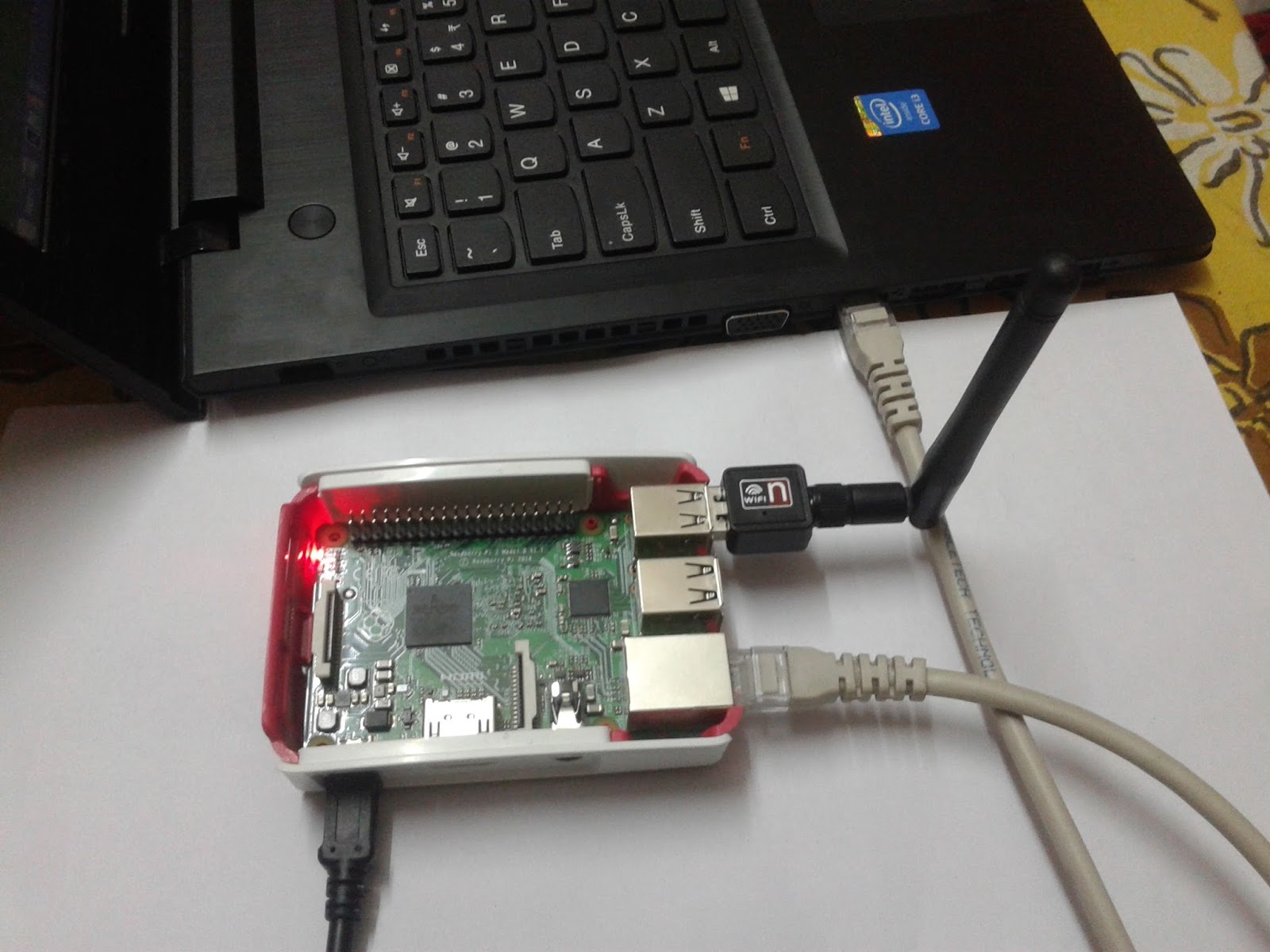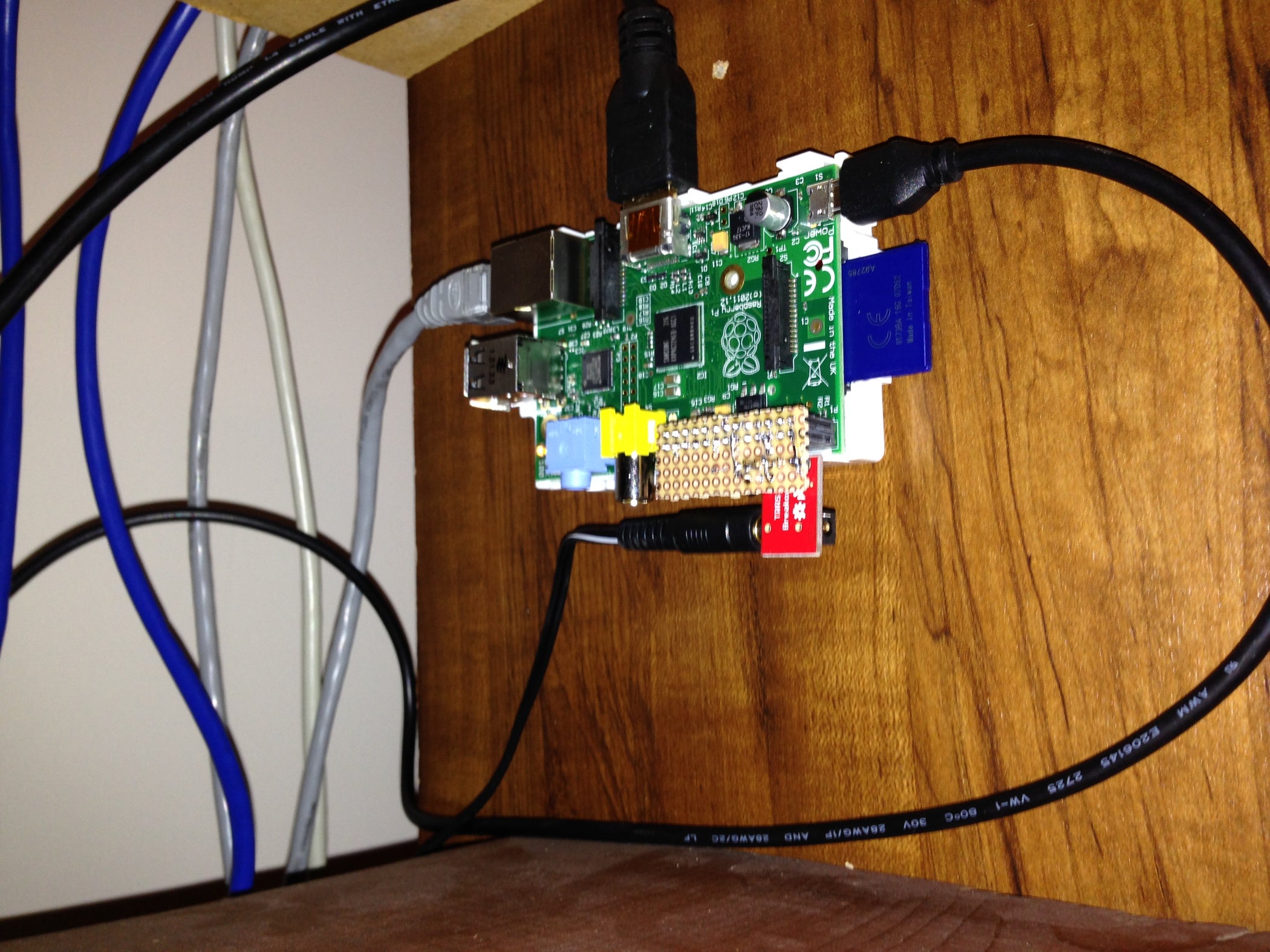Are you seeking a method to unlock the full potential of your Raspberry Pi, irrespective of your physical location? The answer lies in the power of remote access, transforming your single-board computer into a versatile tool accessible from anywhere in the world.
The world of technology is increasingly intertwined with the concept of remote access. From managing personal projects to overseeing complex industrial applications, the ability to connect to a device from a distance is no longer a futuristic notion but a practical necessity. The Raspberry Pi, a marvel of compact computing, embodies this reality, offering an array of possibilities that are only limited by accessibility. This article delves into the process of remotely accessing your Raspberry Pi, providing a comprehensive guide for both novice users and seasoned enthusiasts.
One of the key elements in achieving remote access is the use of a web-based SSH client. This allows you to interact with your Raspberry Pi through a secure and user-friendly interface directly within your web browser. Imagine the convenience of managing your Raspberry Pi from the comfort of your PC, tablet, or even your smartphone all without the need for physical proximity. With the web console, connecting to your Raspberry Pi becomes as simple as opening a webpage. This console functions as a standard terminal emulator, mirroring the familiar interface of the X Window System. This allows you to execute commands, monitor system performance, and troubleshoot issues with ease.
- Exploring Erik Estradas Net Worth How Much Is Erik Estrada Worth
- Lil Webbie Net Worth A Deep Dive Into The Rapperrsquos Wealth
| Feature | Description |
|---|---|
| Web-Based SSH Client | Provides a secure and browser-based interface for remote access. |
| Web Console | A standard terminal emulator for interacting with the Raspberry Pi. |
| Remoteiot Service | A platform offering a powerful solution for securely managing and controlling devices from anywhere in the world. |
| Chrome Remote Desktop | A free and officially supported remote access solution by Google. |
| Remote Access Benefits | Offers ability to control smart home devices, monitor sensors, or manage projects from anywhere in the world. |
| Setting Up Remote Access | Involves installing remoteiot service, opening the remoteiot portal, and connecting through the dashboard. |
| Security Considerations | SSH is the safest way to remote access a Raspberry Pi on a local network, if properly configured. |
| Compatibility | Works with Raspberry Pi OS and can be accessed through any browser. |
For many users, the ability to securely access a Raspberry Pi behind a firewall or Network Address Translation (NAT) router is paramount. Remoteiot, as well as other solutions, address this challenge, allowing you to directly connect to your Raspberry Pi from anywhere, as if it were on your local network. This functionality eliminates the need to discover the device's IP address or modify firewall settings, streamlining the remote access process and enhancing user experience. Moreover, these services enable the sending of commands and batch jobs to your Raspberry Pi through a web portal, providing additional control and automation capabilities.
The process of setting up remote access involves several key steps. First, it necessitates opening the terminal of your Raspberry Pi or accessing it via SSH on your local network. Then, you must install the remoteiot service. Once installed, you can open the remoteiot portal in your browser and log in to the dashboard. After logging in, your Raspberry Pi should be visible in the list of account devices. From there, you can click 'connect port' and select the desired connection. It is essential to remember that securing your remote access setup is critical. While several free and paid solutions are available, SSH, when correctly configured, offers a robust level of security for accessing your Raspberry Pi on a local network.
Beyond its convenience, remote access offers significant productivity gains. For hobbyists, it means being able to experiment with projects from any location, whether at home, work, or on the go. For developers, it allows for continuous monitoring and management of projects, even when not physically present. And for business owners, it facilitates the remote oversight of IoT devices, allowing for efficient maintenance and prompt response to system alerts.
- Masterchef Junior Season 2 Where Are They Now
- Barbara Fried Net Worth A Comprehensive Insight Into Her Wealth And Life
The Raspberry Pi Foundation, recognizing the growing importance of secure remote access, has been working on solutions that simplify and enhance the user experience. Initiatives like the beta release of Raspberry Pi Connect aim to provide secure and user-friendly ways to connect to your devices. In addition, alternative solutions like Chrome Remote Desktop by Google offer seamless remote access across multiple platforms. This solution is particularly appealing due to its ease of setup, cross-platform compatibility, and the fact that it is free and officially supported by the Raspberry Pi Foundation.
The use of SSH (Secure Shell) remains the safest practice for remote access, provided it is configured correctly. SSH offers a secure channel to access and manage your Raspberry Pi over a network. Other platforms, such as remoteiot, enhance this capability by simplifying the process and offering an intuitive interface. These platforms often provide features such as a web-based console and simplified connection management, making remote access accessible even for those who are not seasoned Linux users.
It is crucial to consider the implications of remote access for IoT projects. Whether you're managing a smart home, monitoring environmental sensors, or deploying a fleet of industrial devices, the ability to access your Raspberry Pi remotely can be transformative. By leveraging remote access, you can ensure that your projects are continuously operational, regardless of your physical location. Remote access allows you to swiftly address issues, implement updates, and ensure optimal performance of your devices.
Setting up remote access is not a daunting task. Solutions like remoteiot are designed to simplify the process. Generally, it involves installing the service on your Raspberry Pi, creating an account, and establishing a connection through a web portal. This can be accomplished in a matter of minutes. It's all a matter of following the right steps, which are typically outlined in detailed guides and tutorials available online.
Several resources can guide you through this process. Tutorials and guides are readily available on platforms such as YouTube, dedicated Raspberry Pi forums, and official project documentation. These resources often contain step-by-step instructions, troubleshooting tips, and examples to ensure a successful setup. Search terms like "remote access Raspberry Pi," "remoteiot setup," or "SSH remote access" will lead you to valuable information.
For those venturing into remote access for their Raspberry Pi projects, keep in mind the essential aspects: security, ease of use, and compatibility. Security should be paramount. Choosing a solution that offers encryption and secure authentication is crucial. Ease of use means selecting a platform that's intuitive and straightforward to set up and use. And compatibility ensures that the chosen solution functions seamlessly with your Raspberry Pi model and your existing network configuration. By considering these elements, you will be well on your way to harnessing the power of remote access and maximizing your productivity.



Detail Author:
- Name : Krystal Schumm
- Username : deshaun37
- Email : kdaniel@hotmail.com
- Birthdate : 1981-01-24
- Address : 1653 Hermiston Summit Suite 287 Ottilieport, IN 49054
- Phone : +16162101578
- Company : Durgan, Rippin and Torp
- Job : Police and Sheriffs Patrol Officer
- Bio : Eos iusto et dolor ea quo sit expedita aut. Ut quasi minima expedita dicta et. Exercitationem quia amet velit consequatur exercitationem cum quas aut.
Socials
twitter:
- url : https://twitter.com/ekautzer
- username : ekautzer
- bio : Accusantium aut voluptatibus ex quo adipisci soluta magni cumque. Aut ut est harum nesciunt est est.
- followers : 6724
- following : 1532
tiktok:
- url : https://tiktok.com/@kautzere
- username : kautzere
- bio : Magni minus exercitationem possimus et suscipit.
- followers : 5146
- following : 1228
linkedin:
- url : https://linkedin.com/in/emory.kautzer
- username : emory.kautzer
- bio : Placeat ea nihil eos qui.
- followers : 3774
- following : 580